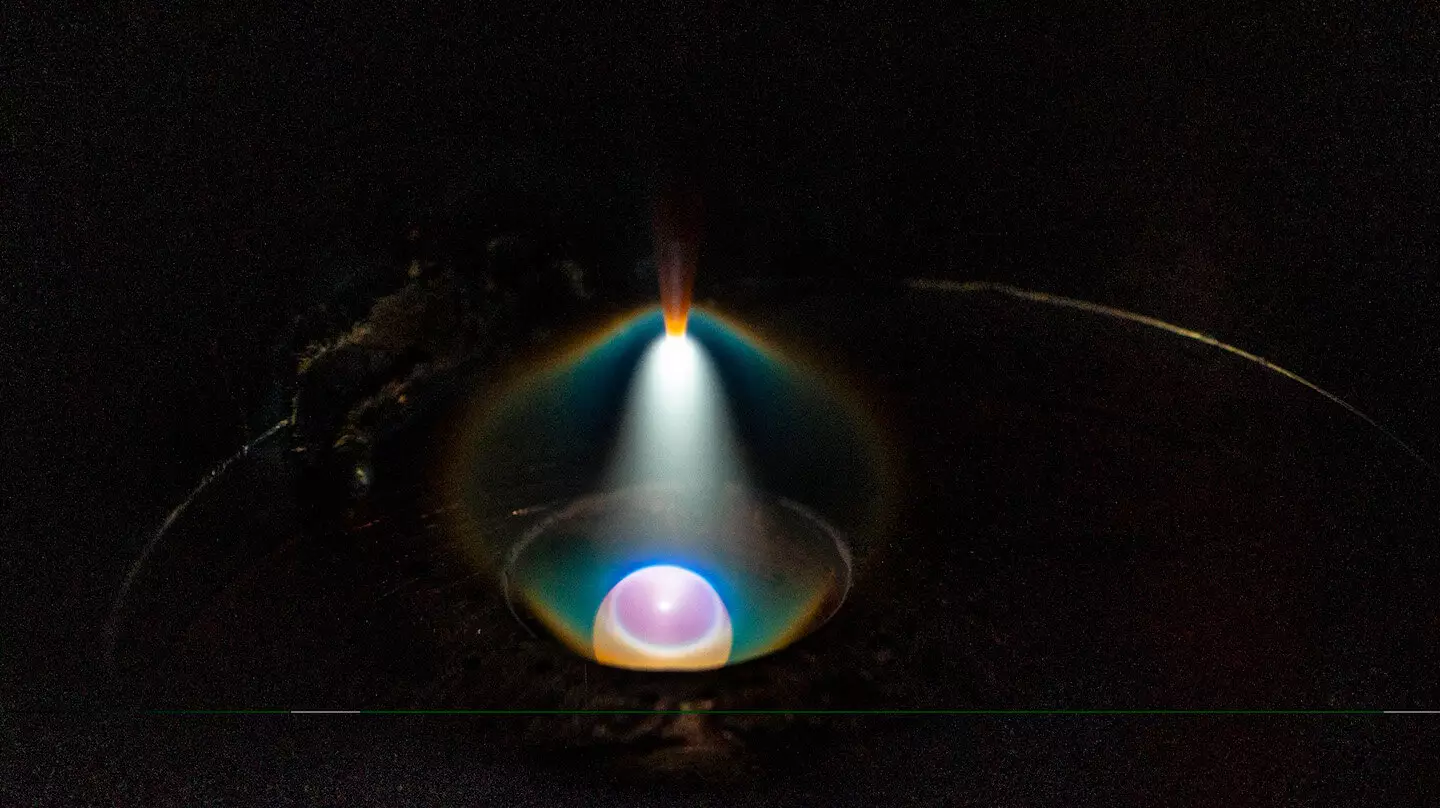In the intricate landscape of material science, common alloys like steel and aluminum have dominated traditional applications for decades. However, their vulnerabilities are exposed when subjected to the rigors of extreme environments, such as the unrelenting temperatures of space or the unforgiving conditions of the Arctic. At 2,500 degrees Fahrenheit, steel succumbs to melting, while aluminum faces relentless corrosion in the presence of moisture and oxygen. These well-known materials can falter under pressure, extreme temperatures, and severe environmental conditions. This raises significant alarm as nations ramp up activities in these challenging arenas, necessitating a shift towards advanced materials that can withstand such adversity.
The Emergence of Multi-Principle Element Alloys
Multi-principal element alloys (MPEAs) have emerged as a beacon of hope, designed to tackle the challenges posed by extreme environments. Unlike conventional alloys, which are typically made from one or two primary metals, MPEAs consist of five or more elements in roughly equal proportions. This composition results in materials that possess remarkable strength, hardness, and toughness across a variety of temperature ranges. Moreover, MPEAs exhibit superior corrosion resistance and thermal stability, equipping them with unique functional properties essential for advanced applications in electronics and magnetic devices.
Researchers seeking to advance the design and application of MPEAs have identified a crucial need for rapid experimentation and data acquisition. Efforts to create materials with precise mechanical properties necessitate innovative approaches that can synthesize a multitude of compositions rapidly and efficiently—an endeavor that the Johns Hopkins Applied Physics Laboratory (APL) has taken to heart.
Revolutionizing the Design Process with Data
At APL in Laurel, Maryland, a groundbreaking approach is redefining how MPEAs are designed. Researchers are pioneering techniques that allow them to link alloy phases—distinct materials created during heating or cooling—directly to their mechanical properties. This innovative method significantly accelerates MPEA design, providing information from only a handful of localized samples filled with rich data. Their recent publication in the journal *Data in Brief* showcases this transformative capability, facilitating the synthesis of 17 different MPEA compositions.
According to Morgan Trexler, the lead program manager at APL, the design of MPEAs presents unique challenges. “Every small change in composition can lead to considerable changes in material formation and properties,” she explains. The new method aims to streamline the creation and analysis of materials, enabling researchers to intelligently navigate the complexities of alloy development through data-driven methodologies.
Pioneering Bayesian Optimization Techniques
Partnerships within APL have spurred significant advancements in MPEA design, particularly through collaborations with experts such as Paulette Clancy and Maitreyee Sharma Priyadarshini from the Johns Hopkins Whiting School of Engineering. Utilizing an innovative physics-informed Bayesian optimization algorithm—dubbed PAL 2.0—these researchers sift through alloy possibilities to pinpoint MPEAs that maximize hardness while also generating ample data for future applications. Uniquely, PAL 2.0 excels in its ability to formulate reliable recommendations based on a limited data set, needing just a dozen data points to yield powerful insights.
This closed-loop cycle of design and testing not only enhances efficiency but also continuously refines the alloy development process. After initial recommendations led to impractical options, the team is now further along in its testing cycle and is identifying alloys with significantly greater hardness, demonstrating the adaptability of this method.
Innovative Fabrication Processes
The pathway to developing these advanced materials involves cutting-edge techniques like arc melting. This innovative process enables researchers to generate multiple compositions from minimal material. As Eddie Gienger, a materials scientist at APL, explains, arc melting produces a “mosaic” of different materials within one sample, effectively opening up a new realm of possibilities in material exploration.
The integration of advanced characterization methods, such as scanning electron microscopy and nanoindentation, further enriches the research process. By correlating phase compositions with mechanical properties, APL scientists can map out the behavior of materials under different conditions, unveiling potential new alloys that may meet the specific needs of industry and research alike.
Building a Knowledge Database for Future Discovery
Through their rigorous experimentation and data compilation, APL researchers have assembled a rich database encapsulating 17 unique MPEA compositions and over 7,000 data points. This crucial knowledge base not only illuminates the possibilities within the realm of MPEAs but also provides the groundwork for future research aimed at engineering materials with desired mechanical properties. The continual refinement of these materials is vital as we venture into areas where more robust and resilient materials are critically needed, highlighting the importance of collaborative efforts in scientific advancement.
As the urgency for new materials escalates, this transformative approach to MPEA research illustrates the profound implications of merging advanced computational techniques with experimental methodologies. The future of materials science lies within this dynamic interplay, promising innovative solutions built from the ground up, charting new frontiers in extreme environments.


Leave a Reply